Rise of the homebots: 10 personal robots headed to your home
Every smart home needs a homebot
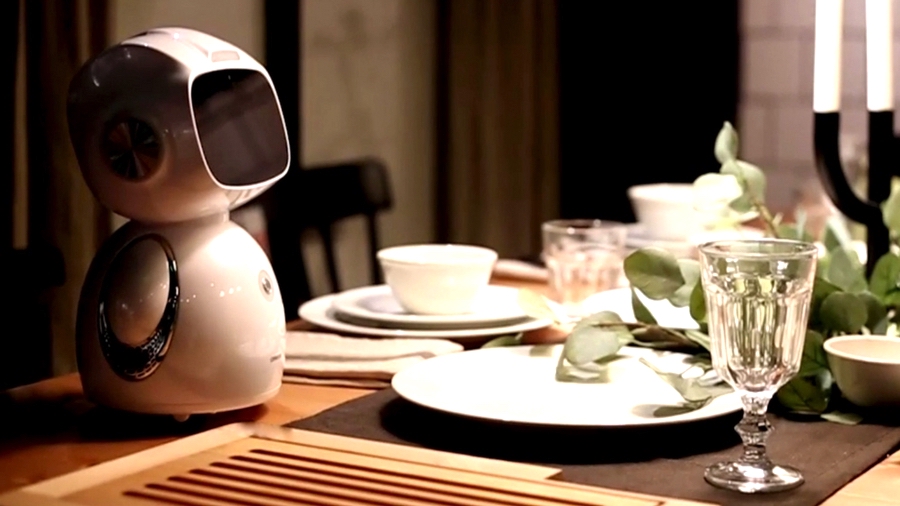
We were lied to. We wanted robots and we got Roomba.
Autonomous vacuuming is not the sci-fi future we had imagined, but luckily there are robotics engineers with imaginations; cue an upcoming fleet of first-gen personal robots – or 'homebots' – designed to share your life.
The rise of Alexa and voice control has put the smart home into sharp focus, but is voice enough? By offering touchscreens and other wacky features (bedtime stories, selfies, singing happy birthday… ), but most of all by being (mostly) mobile and friendly, these homebots are attempting to create you a smart home with a new personal dimension.
Here are 10 you could have pottering around your home in the near future.
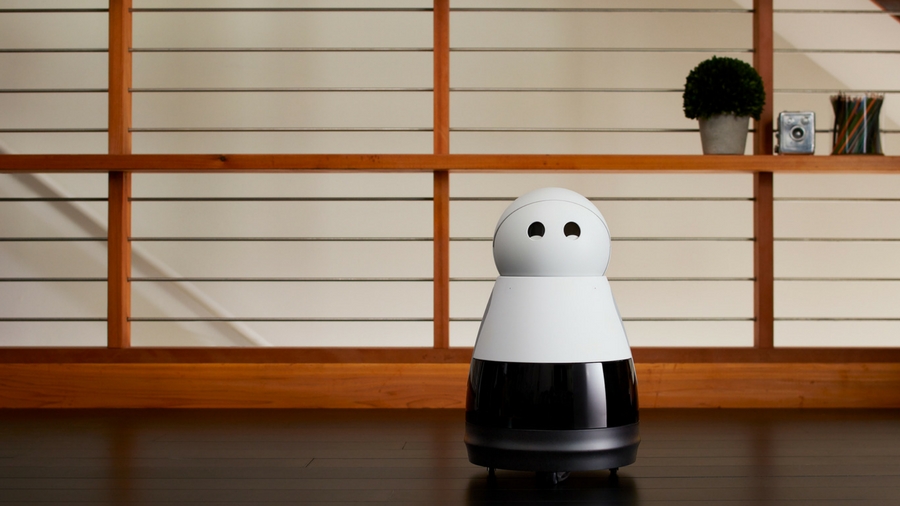
1. Kuri
Ever wished your Amazon Echo followed you around the house? That's exactly what Kuri, a dual speaker-endowed small robot (it's just 50cm tall) can do.
Mapping the house as he goes, the Bluetooth-connected Kuri even can even take commands via IFTT, so can switch on lights and generally get involved in smart home upkeep.
He also reads stories to kids, and chirps when you pat his head. Oh, and just before Kuri drains its battery, he goes back to his charging pad for a refuel. Developed by Mayfield Robotics and launched at the CES 2017, Kuri is available now for US$699/UK£563/AUS$912.
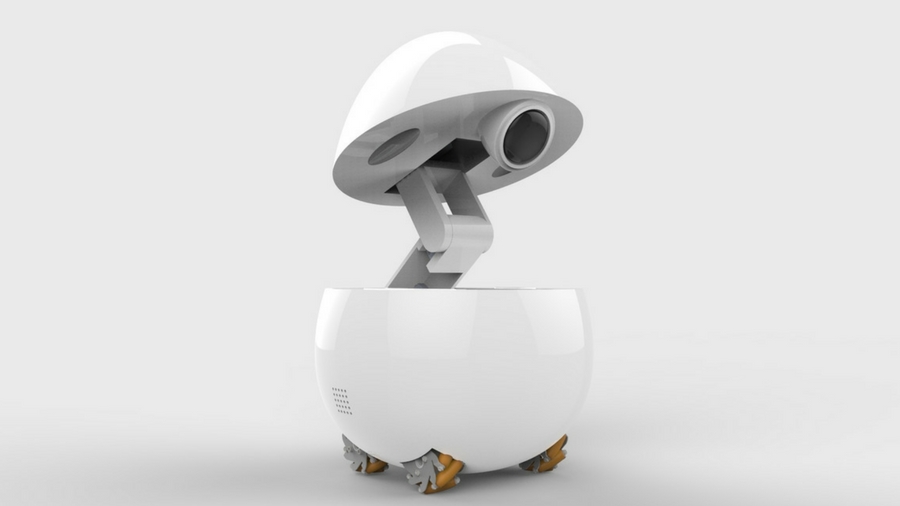
2. Kiko
Admit it. You've always wanted to have a chat with your projector.
OK, so maybe not, but this 48cm-tall robot who intermittently 'hatches' out of its shell to say "Hello, my name is Kiko!" and offer help is, by some stretch, the weirdest robot yet around. It's also one of the friendliest, pairing an upbeat, child-like voice with a eight megapixel CMOS camera 'face'.
Panasonic thinks Kiko's ability to project video onto the desk or a nearby wall will have uses in long-distance learning, specifically for screen-less video calls. For years projector manufacturers have searched for a form factor that fits into homes, and despite Kiko being merely a concept shown-off at the CES 2017, Panasonic might just have, err, cracked it.
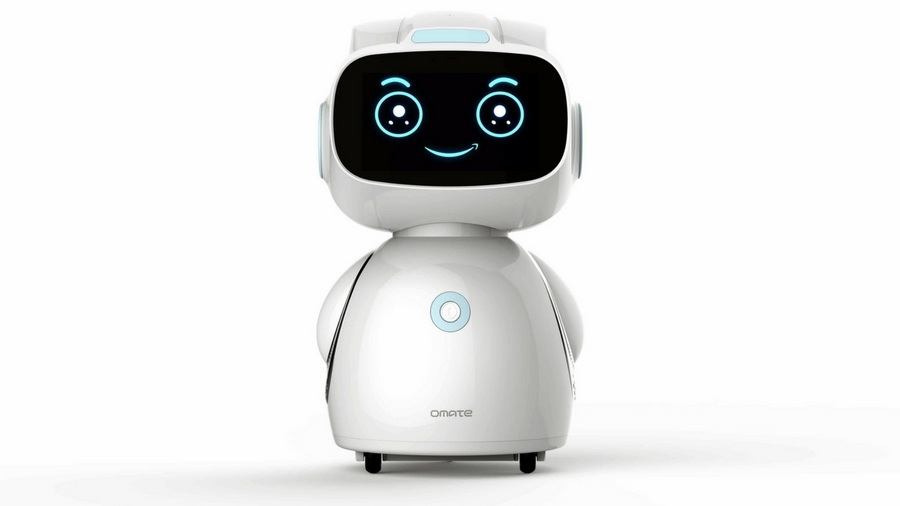
3. Omate Yumi
Alexa on wheels? That's what Yumi is all about, improving on the voice-only interface of the Amazon Echo by adding not only mobility, but dual stereo speakers and a five-inch, 720p screen to act as its expressive face.
Functionally, Yumi does pretty much the same as Alexa, playing music on demand, and answering your stupid questions. On request, it will provide you with the weather forecast, play a song, tell you what time it is, and answer any other random question you might throw at it.
Inside is a 1.3GHz quad-core Cortex-A53 processor, 1 GB of RAM, 8 GB of storage, and a 3,500 mAh battery. Raise US$369/UK£297/AUS$481 and join the queue to own one here.
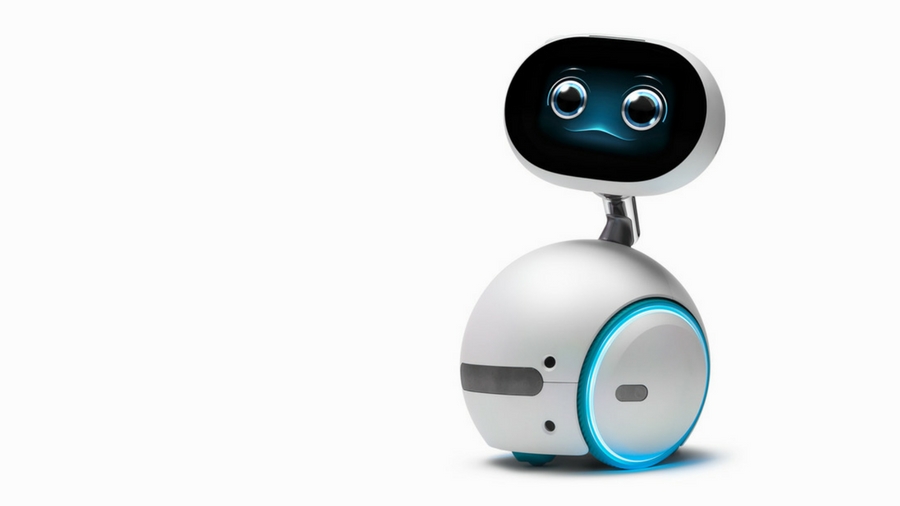
4. Zenbo
Playing music, reading out recipes and stories, and reminding you of your calendar appointments, Zenbo's face-that's-also-a-touchscreen acts as an Android phablet, so you can get online and make video calls from Zenbo.
He can also create a fall monitoring alert system for the elderly living alone, responding to data from a smart band and notifying someone immediately. Developed by ASUS, Zenbo also takes photos on demand, which possibly consigns homebots to a worryingly banal future; taking constant selfies of whichever member of your family enslaves it.
The standard US$599/UK$482/AUS$781 model is 32GB, with an upgrade package including both a 128GB model and a self-charging dock. It's out in Taiwan now, and on sale everywhere else during 2017.
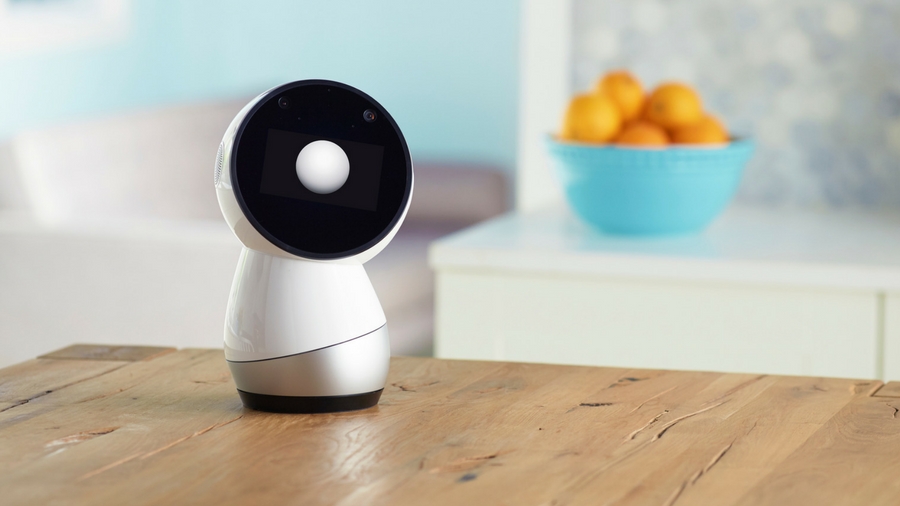
5. Jibo
He may have to be carried around the house, but the desktop-sized Jibo uses microphones, face recognition technology and AI to identify family and friends.
Unfortunately, he also uses that same technology to indulge in impromptu games of 'who will blink first'. Yes, Jibo is quick-witted, a bit zany, and basically will not shut up, though there are two unappealing characteristics common to most homebots that Jibo does not possess; Jibo does not have a child's voice, and nor does he chirp.
However, the Japanese-sounding name? For first-gen robots, that's seemingly non-negotiable. You can join the waiting list for Jibo here.
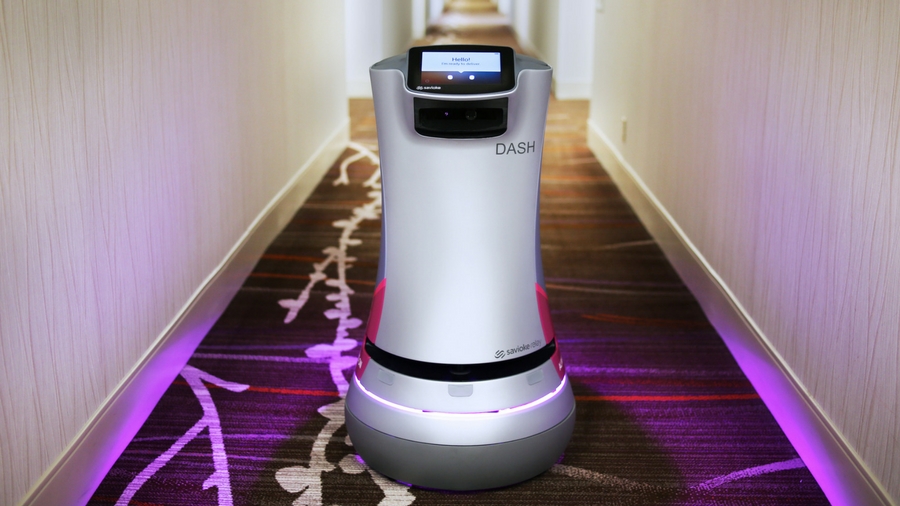
6. Relay
This faceless delivery robot with a lid for a head is currently wheeling its way around 30 hotels in Los Angeles and Silicon Valley in California, Florida, New York and Singapore in chains including Marriott, Hilton, Westin, Starwood and InterContinental.
It delivers drinks, toiletries and towels to guests who order room service, and it's about to score a job in a residential high-rise apartment complex in San Francisco.
“We wanted to create a robot that could be around people in the real world," says Steve Cousins, CEO & Founder of Savioke. "Once it’s been installed in a building it knows where all the rooms and elevators are, and you just tell it which one to go to.”
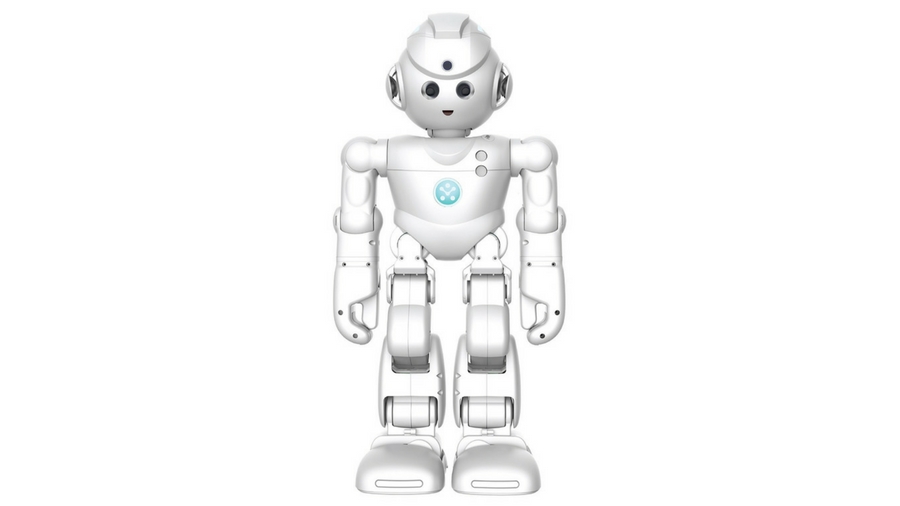
7. Lynx
A much more humanoid homebot than most, the Lynx 'in-home' or even 'in office' companion from UBTECH uses face recognition tech to customise its services, though the rest of its character is built around Alexa integration.
“Integrating with Amazon’s Alexa Voice Service is a perfect match for Lynx’s unparalleled facial, image and voice recognition, emotion detection, and lifelike robotic movement, seamlessly woven together for a truly humanlike experience," says John Rhee, General Manager, North America, UBTECH.
Setting reminders, playing music, or finding out the weather forecast and email/note dictation/reading is all pretty standard fare for a homebot, but Lynx can also…sing and dance on your birthday.
It's on sale in spring 2017.

8. Pepper
Oddly enough, the most Japanese of the new generation of homebots has the least Japanese-sounding name.
Pepper is not only the largest robot for the home, but it's also the only one with arms, which gives it the edge in the anthropomorphic stakes.
Currently working as a greeter in hundreds of SoftBank Mobile stores in Japan and as a bartender in the Pyramid Taproom in Oakland International Airport, Pepper uses his arms to mimic human gestures as it talks. So far about 7,000 have been sold, but at US$1,700UK£1,370/AUS$2,218 plus maintenance costs, he's not cheap.
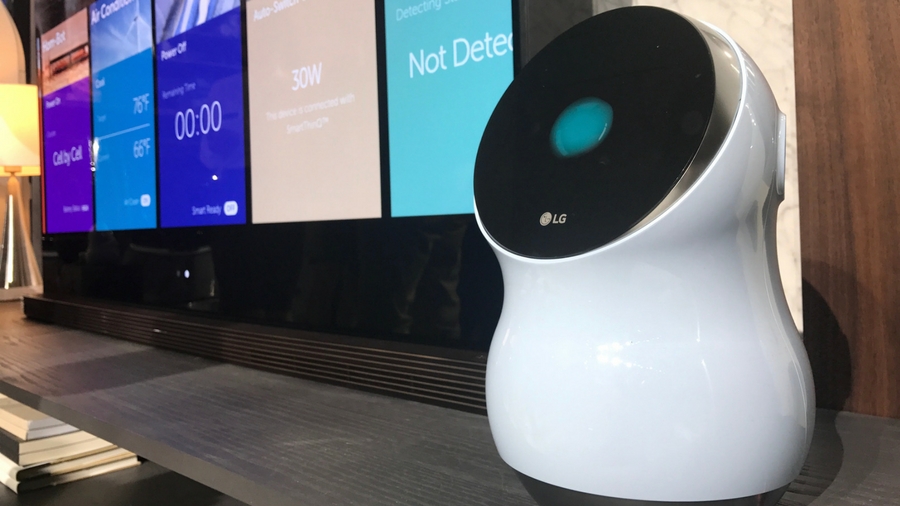
9. LG Hub Robot
LG's attempt is basically an Amazon Echo with a face. It's got Alexa built-in – just like an Echo or Dot – but behind its virtual face is a smart home master.
Well, if you're an LG brand devotee, anyway; the Hub can communicate with an LG TV, its latest smart fridges, and its smart ovens.
It is much more than an Echo or Dot thanks to its face recognition tech, and it understands gestures, too, but this is a robot that doesn't move. Cue an army of Mini Hub robots, which perch in every room. No word on an on-sale date yet.
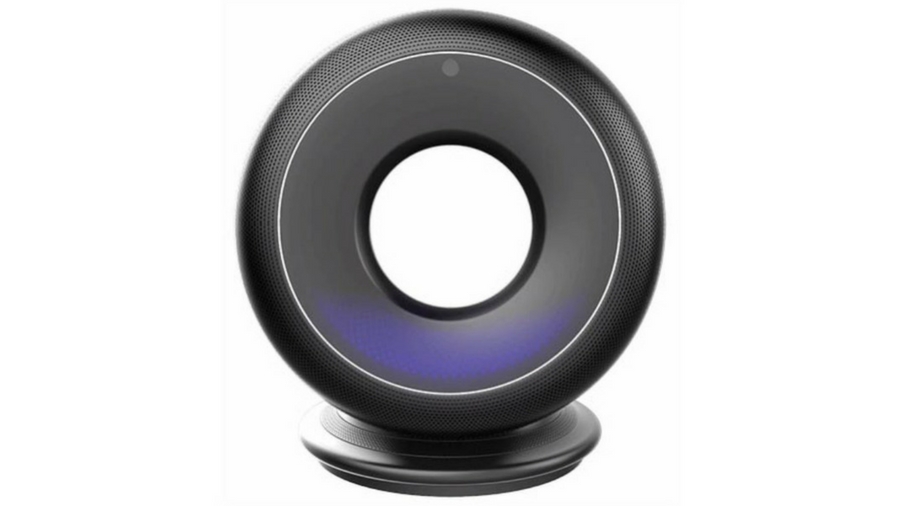
10. Olly
People change as they get older, and so does Olly. His built-in AI engine means his personality and his responses to your questions change as he gets to know you. However, Emotech's Olly robot is perhaps the most like Amazon Echo and Google Home in that it’s stationary and does very little that’s different from those hands-free voice activated devices.
“Olly delivers all of the above, and goes one step further by learning about the idiosyncrasies of its users to develop its own personality,” says Chelsea Chen, co-founder, Emotech.
“Communicating with Olly is simple and natural, just speak using natural language and he’ll respond like you’re talking to an old friend.”
Olly, which communicates with light patterns as well as voice, and has 360-degree speakers, goes on sale later this year.

Jamie is a freelance tech, travel and space journalist based in the UK. He’s been writing regularly for Techradar since it was launched in 2008 and also writes regularly for Forbes, The Telegraph, the South China Morning Post, Sky & Telescope and the Sky At Night magazine as well as other Future titles T3, Digital Camera World, All About Space and Space.com. He also edits two of his own websites, TravGear.com and WhenIsTheNextEclipse.com that reflect his obsession with travel gear and solar eclipse travel. He is the author of A Stargazing Program For Beginners (Springer, 2015),